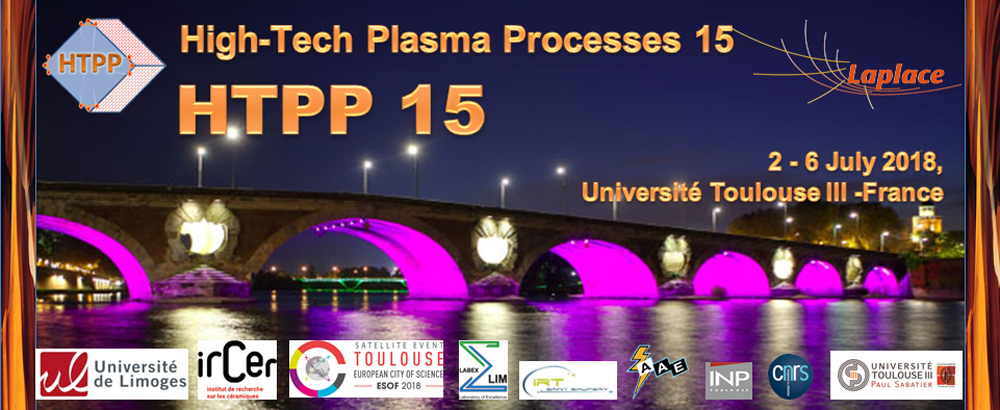In this talk, we will describe in details the modelling of the ion source and accelerator of the International Thermonuclear Experimental Reactor (ITER)' Neutral Beam Injector (NBI). The ITER project is the first fusion device which will mainly be heated by alpha particles (H2+). The plasma will consist of Deuterium and Tritium ions providing 500 MW of fusion power. 50 MW of additional external power will be necessary in order to heat and control the plasma during the operating phase while the alpha particles will re-inject 100 MW of power to the fusion plasma (the total heating power is hence 150 MW). The remaining 400 MW will be carried by the neutrons toward the wall of the Tokamak.
In ITER, NBIs are designed to inject 33 MW of power (split over two beam lines) with an energy of 1 MeV [1]. Neutrals are insensitive to magnetic fields and can hence penetrate into the hot plasma core of the Tokamak. The neutral beams provide (1) power to the plasma, (2) current (which is necessary to sustain the poloidal field) and (3) are helpful to minimize the buildup of some type of instabilities. The NBI is mainly composed of (1) a negative deuterium ion source delivering a current density of the order of 28 mA/cm2, (2) an electrostatic accelerator which produces a 1 MeV, 40 A D- beam, (3) a neutralizer converting part of the beam into high energy neutrals, and lastly a residual ion dump. One of the main drawbacks of the negative ion electrostatic accelerators for high power NBIs is the significant number of secondary particles which are produced inside the accelerator [2]. Secondary particles originate from collisions between the accelerated negative ions and the residual background gas and from the collisions between particles and material surfaces in the accelerator (the negative ion source will also produce electrons that are co-extracted with the negative ions). The overall power deposition due to energetic secondary particles hitting the accelerator grids may be of the order of a few MW and consequently a precise characterization of the phenomenon is required for design improvement.
The modeling of the ion source and accelerator is a formidable task and we address the different issues separately (particle transport inside the ion source, beam extraction, secondary particle production, etc.) with dedicated models using simplifying assumptions. Most results presented and discussed in this work have been obtained either with the Particle-In-Cell Monte Carlo Collisions (PIC-MCC) technique or using test particles.
This work has been carried out within the framework of the EUROfusion Consortium and has received funding from the Euratom research and training programme 2014-2018 under grant agreement No 633053. The views and opinions expressed herein do not necessarily reflect those of the European Commission. Support from CEA and from the French Fédération de Recherche sur la Fusion Magnétique is acknowledged. This work was granted access to the HPC resources of CALMIP supercomputing center under the allocation 2013-P1125.
[1] Hemsworth et al., Nuclear Fusion 49, 045006 (2009)
[2] G. Fubiani et al., Phys. Rev STAB 11, 014202 (2008)
[3] G. Fubiani et al., New J. Phys. 19, 015002 (2017)

 PDF version
PDF version
